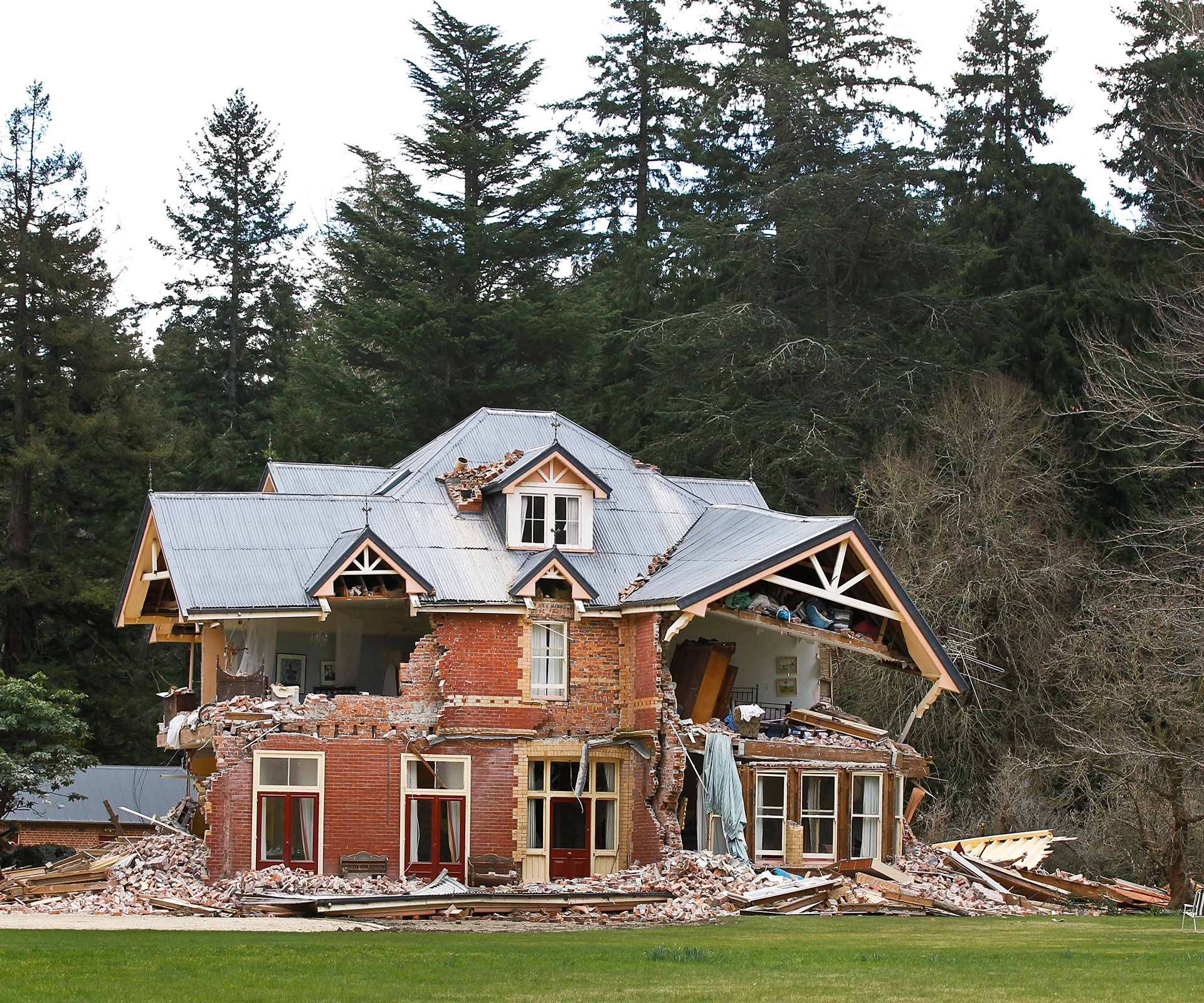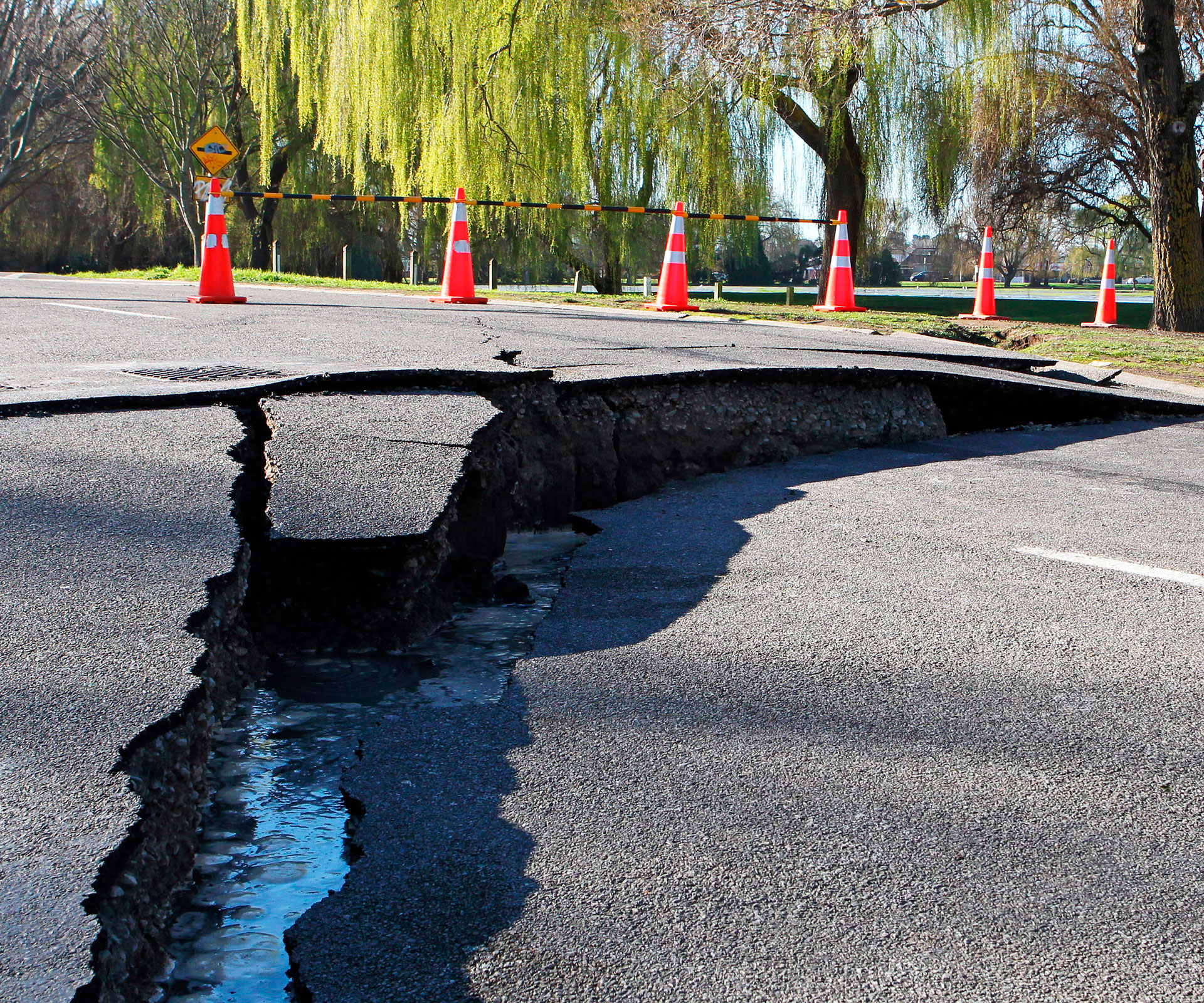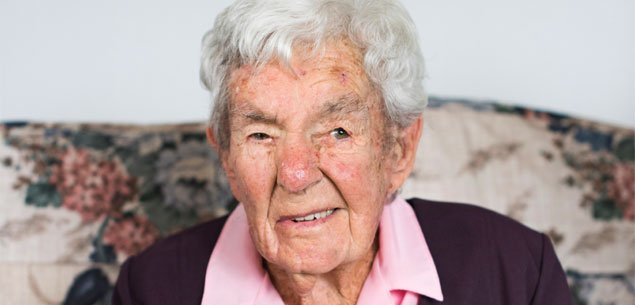Five years ago one of our biggest cities was changed forever in an event that had nationwide effects. Now, half a decade later, there’s little doubt the repercussions are far from over.
It was 4.35am on September 4, 2010 when a 7.1 magnitude earthquake hit Darfield, 40 kilometres west of Christchurch, jolting the city awake with the strongest shaking ever recorded in New Zealand.
Incredibly, just two people were seriously injured – one by a collapsing chimney, another by flying glass. The lack of casualties was attributed to both timing and the city’s strict building guidelines, which meant older buildings had been partially strengthened.
However, Caroline Bell, clinical leader of a specialist mental health service set up in response to the Canterbury earthquakes, says while the first quake had few physical casualties, there were psychological effects.
“Some people were really badly affected,” she reveals. “It isn’t necessarily the degree of what you experience but your perception of it at the time [that matters]. The people who had difficulties in any of the quakes were absolutely terrified by the experience because they really thought they were going to die.”

A car trapped in the street by liquefaction.
Then there was the economic damage, which was substantial – an early Treasury estimate put the cost at $4 billion. At the time of the quake, Lianne Dalziel was the MP for Christchurch East – one of the hardest hit areas.
Now the city’s mayor, Lianne says, “I always call it the beginning of my voyage to discovery. I didn’t even know what ‘liquefaction’ meant on September 4.”
She has since learned more about liquefaction than she ever cared to know. There have been tens of thousands of aftershocks in Christchurch as a result of the September quake – most tragically, the 6.3 magnitude one that hit five months after the initial quake. The devastation caused on February 22, 2011 prompted nationwide mourning.
Lianne, who became mayor of Christchurch in 2013, says it was a blow no one expected. “We were told that after an earthquake we should expect to have a quake one magnitude below that within a relatively short space of time – so we were expecting a 6.1.”
With more than 50 aftershocks over five on the Richter scale, including a 6.2 on December 23, 2010, many people believed they’d had their share of shakes.
“In fact, we were still in quite a high period of risk, and I don’t think people knew that. I certainly didn’t,” says Lianne.
Award-winning author Fiona Farrell has just released The Villa at the Edge of the Empire, a book about Christchurch and how it came to be the city it is today. She describes September 4 as the “beginning of a new era” for Christchurch, a day that changed the way Cantabrians viewed their city.
“You see things differently,” she says. “Everything becomes framed by a different understanding. Everything is incredibly temporary – 45 seconds and the whole thing can shift.”

The historic Deans family homestead located near Darfield was a casualty of the September quake.
nxiety Disorders Service in Christchurch began developing a specialist treatment service for those experiencing post-traumatic stress after the September quake. Caroline says it was fortuitous that this was ‘ready to go’ when the February 22 earthquake struck, but they were by no means expecting the destructive quake.
And she says continued aftershocks meant there was little reprieve. “There was a really big one that hit in June 2011 which didn’t cause any deaths, but you could palpably feel the loss of hope in the city.
“Then there was another one around Christmas 2011 and again it was ‘Can we keep doing this? Can we keep digging out of liquefaction? Can we keep putting our houses back together?’”
Has this feeling shifted? “There is much more hope in the city now,” Caroline says. “Touch wood, there have been fewer aftershocks and that’s made a big difference. When the ground is shaking all the time, it is a constant reminder psychologically. There are loads of buildings still down and the city is a complete nightmare to drive around, but the rebuild is in full swing and that is certainly helpful. You need to have visible signs of things changing.”
Despite this improvement, the demand for mental health services has increased. “The literature says there is often a really long tail to disasters because at first everyone is just rushing around doing practical stuff,” Caroline explains.
She says there is now worry about a divide forming in the city between those who have recovered and those still far from it. “You can’t really say ‘How is Christchurch?’ because there are very different answers depending on what people have been through.”
Some areas of the city have suffered considerably more damage than others, and are consequently experiencing very different standards of living.
“For many, the damage to their homes was minor,” says Caroline. “It’s been repaired and they’ve moved on. They are in a very different space to someone who is still living in a broken home, with streets like rollercoaster rides and nothing moving [forward] in the battle with their insurance company. The concern is that some people who have moved on will forget that others haven’t.”
She says those who are still waiting for their homes to be repaired are much more likely to be struggling with their mental health. “That’s not post-traumatic stress disorder; they have just had their resources ground down.”
A recent survey of 800 Cantabrians conducted by the ‘All Right?’ mental health campaign revealed two-thirds of people feel the gap between the ‘haves’ and ‘have nots’ has widened.
Lianne agrees that while parts of the rebuild have been a big success, there is still a “significant” number of people who are “incredibly challenged”.
This includes those who have been waiting for years for their property to be fixed as part of the government’s under-$100,000 repair programme – only to be told the damage is more than initially thought. She says this is trying for the individuals, the insurance companies and the city’s housing plans overall.
“The trouble is that insurance companies like to cash-settle, but it isn’t necessarily the best thing for somebody to take a wad of cash and walk away from their home. That means you have an ‘as is/where is’ sale, which is going to affect the city’s stock.”
It’s an issue she hopes to address when she meets with central government to discuss future control of the recovery effort – the majority of which is currently in government hands.
Lianne says the cost-sharing agreement between council and government for the infrastructure rebuild has been a success and is about 70 per cent complete. But it is now time for a handover of power.

A central city street strewn with rubble from collapsed buildings.
“The discussion we are soon to enter into is about the transition away from that central government control. Initially in a response period it is normal for people to look for the comfort of the demand-and-control model, but in a recovery mode we should be thinking more about a consultative, engaged process with communities.”
Lianne adds that the desire for community involvement in council decisions has increased since the earthquakes.
“We just had our first long-term plan hearings since the quakes and the number of community groups that came to say not ‘The council should do this for us’, but ‘We want to do this for ourselves, how can the council partner with us to achieve that?’ [was notable]. It’s a completely different mind-set and it is fantastic.”
Fiona Farrell thinks community connections have strengthened as a result of the earthquakes, and the well-publicised camaraderie has remained.
“There have been stories of amazing kindness – you saw it in those taking people to live with them,” she says. “I heard about a [household] who had a complete stranger from their street come and stay with them for ‘a few days’ and ended up staying for nine months. I find when I’m away from the city and I meet people from Christchurch, there is a feeling of being linked to them, of having been through something together.”
She believes this community spirit needs to be drawn on in the city’s reconstruction. Research for her book revealed just how strong Cantabrians’ attachment to their city is – their appetite for a voice being reflected in the passionate campaign surrounding the rebuild of the cathedral.
“Decisions about other buildings have not been in the public domain enough,” she says. “There doesn’t seem to be scope for passionate debate on their style, purpose or placing, so all that energy has been directed towards the cathedral.”

Traffic chaos due to destroyed roads and debris has long been a reality for Canterbury residents, although progress is being made.
Caroline Bell says there is now talk of ‘post-traumatic growth’ in some people. The All Right? survey surprisingly found one in five Cantabrians surveyed felt life is better than before.
“That’s actually coming out the other end, years later, in a different and often better space than before – a feeling that material things don’t actually matter much in life; what matters is your friends and family,” she says. “People talk about that quite a lot in Christchurch and I don’t think it’s just words, I think it is a realisation that life is precious and, really, things don’t matter because they just break.”
But she cautions true recovery will take time. “I completely understand why people think Christchurch should be over it, because that’s what I would have thought before. When I look at disasters now I really look at them with different eyes; I see the tragic event but also how long it is going to take for those communities to rebuild and recover – years and years. It is off our screens within weeks, but it takes so much longer than that.”
Photographs by: Getty Images


